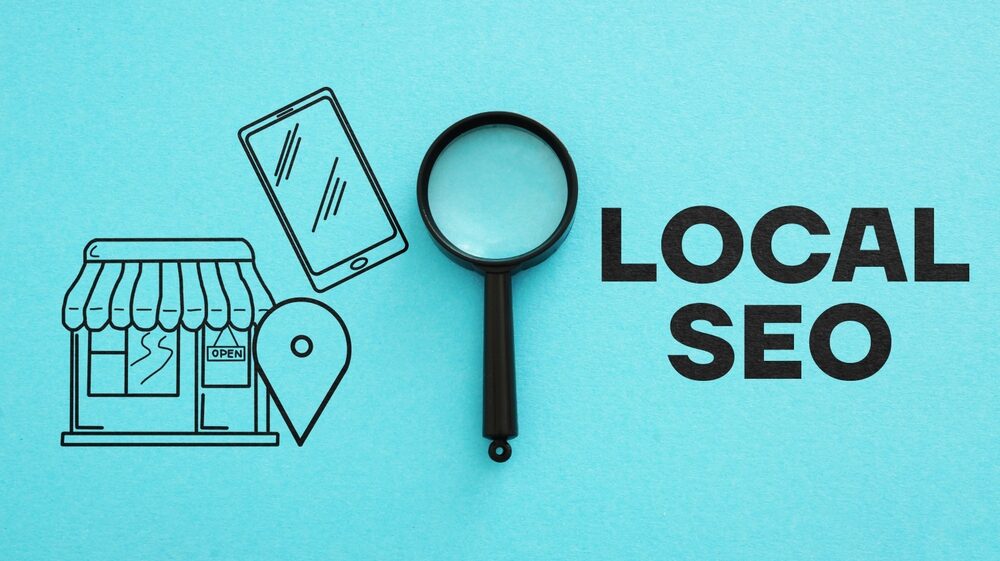You’ve got a great product or service, a killer website, and a team that’s ready to serve your local community. But if your business isn’t showing up in local search results, you’re missing out on a huge opportunity. According to HubSpot, 46% of all Google searches are looking for local information. So, how do you make sure your business stands out in local search?
The answer is Local SEO.
What is Local SEO?
Local SEO (Search Engine Optimisation) is all about increasing your business’s visibility in local search results. When someone in your area searches for the products or services you offer, you want your business to be at the top of the list. Local SEO helps you achieve that by optimising your online presence for local search.
Claim Your Google My Business Listing
One of the first steps in dominating local SEO is claiming your Google My Business listing. This free tool allows you to manage how your business appears on Google Search and Maps. Make sure to fill out all the details, including your business name, address, phone number, and business hours.
Use Local Keywords
Incorporate local keywords into your website content, meta descriptions, and titles. These are keywords that are specific to the geographical area you serve. For example, if you’re a florist in Sydney, you might use keywords like “Sydney florist” or “best flowers in Sydney.”
Get Reviews and Ratings
Encourage satisfied customers to leave reviews on Google and other review sites. High-quality, positive reviews improve your business’s visibility in local search results. Plus, they give potential customers more confidence to choose your business over competitors.
Create Local Content
Develop content that speaks to local events, news, or activities related to your industry. This not only boosts your local SEO but also makes you a valuable resource for your community.
Mobile Optimisation
With the increasing number of mobile searches, it’s crucial to have a mobile-friendly website. Google considers mobile usability as a ranking factor, so make sure your site is optimised for mobile users.
To optimise for mobile, consider the following tips:
- Make sure your website is responsive, meaning it adjusts to fit different screen sizes.
- Compress images to reduce load time.
- Use large, easy-to-read text and easy-to-click buttons.
- Test your site’s mobile usability with Google’s Mobile-Friendly Test tool.
Use Social Media
Leverage social media platforms to engage with your local community. Regularly post updates, share local news, and run location-specific promotions to attract local customers.
Monitor and Update
SEO is not a one-time task; it’s an ongoing process. Regularly update your website and keep an eye on important metrics to understand how well your local SEO efforts are paying off. Metrics to monitor include:
- Organic Traffic: The number of visitors coming from search engines.
- Bounce Rate: The percentage of visitors who navigate away from your site after viewing only one page.
- Conversion Rate: The percentage of visitors who take a desired action, such as making a purchase or filling out a form.
- Local Search Rankings: How well your business is performing in local search results.
Local SEO is a crucial strategy for small businesses aiming to make a big impact in their community. By focusing on local SEO, you’re not just improving your online visibility; you’re building a strong, local customer base that will benefit your business in the long run!






